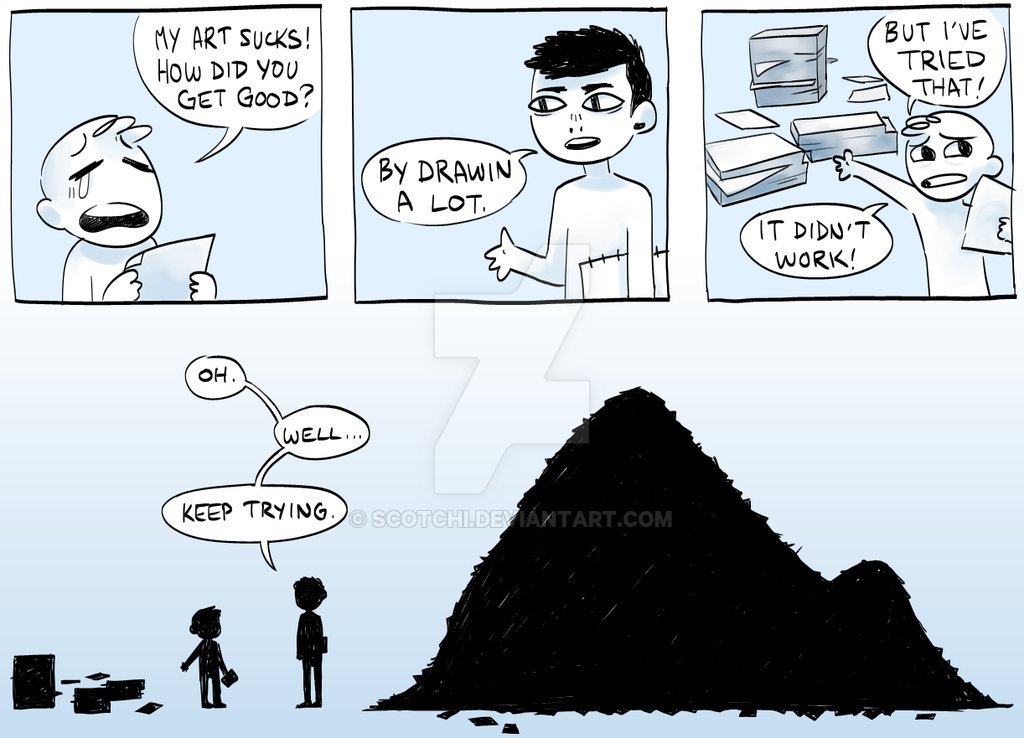I think this tweet sums up the current state of Crypto very well.
As is common in the early days of any significant development in society or culture, a shiny new trend can represent many things to new people. Sometimes that shimmer comes from a lack of substance. Composed of hype, the excitement rapidly fades after you start to scratch properly beneath the surface.
But then, far less often, we discover a rich new technology seam that promises huge things. And it turns out that the potential can be backed up in practice (albeit often in ways that often weren’t envisaged at the outset).
To me, crypto is almost the archetypal example of such a paradigm shift. A new technology, that means so many different things to so many people. Confusingly, many of them use the same words to talk about different concepts; most of them have different goals that they’re striving towards; and, with monetary value built into the foundations of the system, people are often incentivised to disparage alternative views. Cue plenty of conflicting discussions, Twitter polemic and basic misunderstandings. But the forwards trend is now, I believe, undeniable.
I enjoyed this article by @caseykcaruso which points out the different camps that are evolving with the scene we loving call ‘Crypto’ (incorrectly, in most cases). You can argue with the definitions of the camps, and even about which projects make up each one – but overall, it’s a great starting point for someone who wonders what all the fuss is about!
1. The Sound Money Camp
Achieving financial self-sovereignty for the people of the world (e.g. Bitcoin)
2. The Payments Camp
Destroying those expensive middlemen like Visa who charge for services that could be provided digitally with micropayments and stable coins (e.g. Bitcoin Cash, Stellar, ZuckBucks)
3. The Open Finance Camp
Building open, accessible financial infrastructure that can compete directly with the traditional financial institutions (e.g. ICO fundraising – good and worse)
4. The Web3 Camp
Decentralising the institutions who control the internet and user’s data (e.g. SAFE Network, IPFS etc).
5. The Decentralised Ledger Tech Camp
Using the functions of transparency and immutability from blockchain tech in order to improve supply chains and backend efficiency in general – a technological, rather than philosophical, revolution (e.g. Corda, Hyperledger).
So, to sum it up: the distinctions are important because behind each one stands a broad church of people, many of whom have different motivations. So if you ever wonder why the scene seems to be moving so quickly (in terms of discussion, even if not in actual practical application), it’s worth remembering that you’re probably reading things by all manner of different people. And most of them are disagreeing.
And, what’s more, that’s a good thing.

